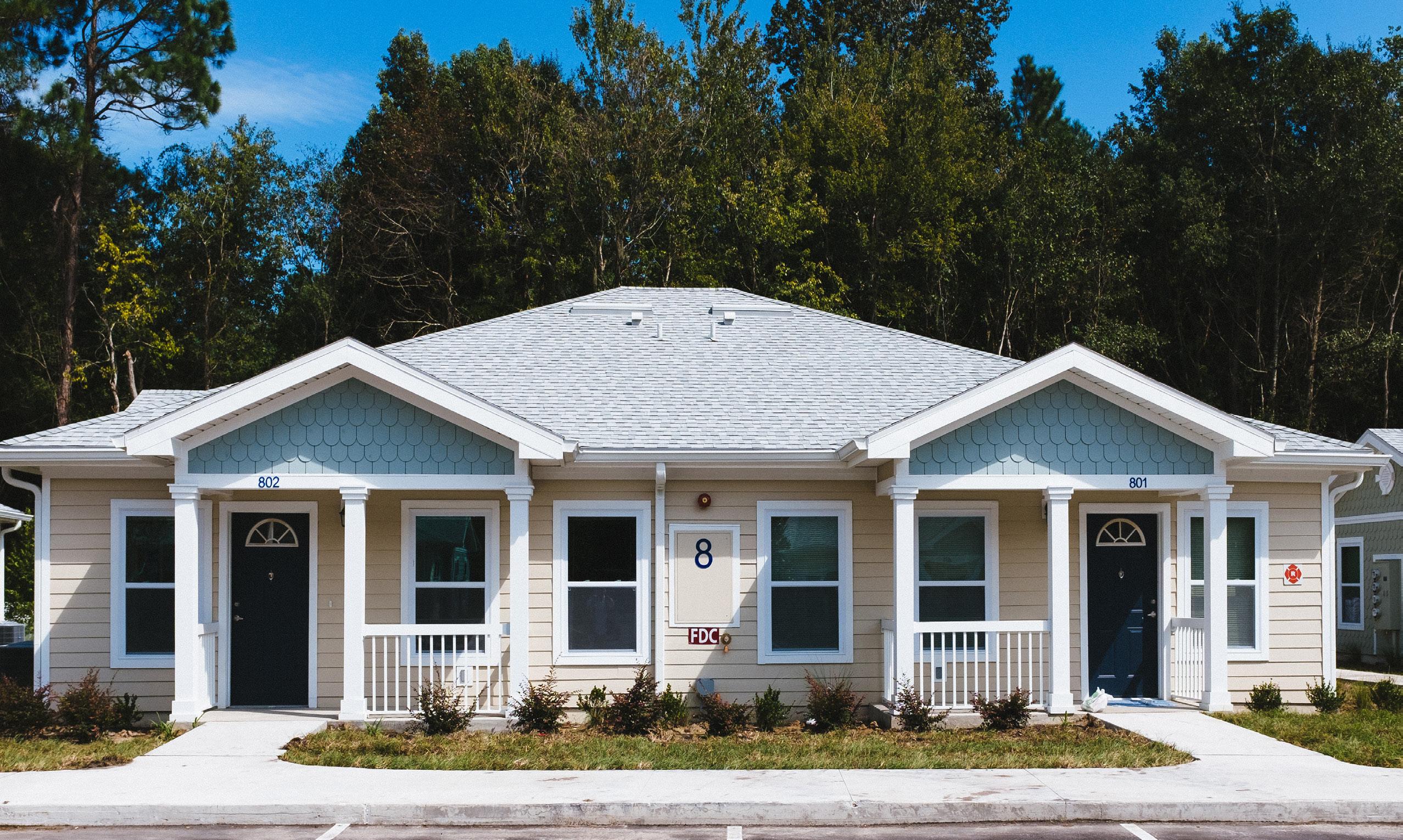TABLE OF CONTENTS SUMMARY OF FINDINGS The three sites in this Florida pilot showed overall savings in community-provided services, some substantial, even after the cost of housing and supports provided to residents was included in our analysis. • Supportive housing for persons experiencing chronic homelessness with high needs can save local and state governments money. The Florida study certainly shows that health care was both the costliest of public systems and the most likely to see savings through this pilot. For savings to be achieved when the objective is to serve high utilizers of public systems, it is critical that programs use effective targeting methods for resident selection, such as data matching and good screening tools, to verify high system use. • Moving into permanent supportive housing reduces interaction with the criminal justice system, reducing costs borne by both local and state governments along with attendant costs to move someone through the judicial process. Fewer people in the justice system not only increases the quality of life for those individuals, the community’s quality of life is also positively impacted. Emergency shelter and homeless shelter costs, which are funded by all levels of government, are also decreased. • Resident stability in housing usually decreases supportive service costs over time. While initial costs to assist a new resident with tenancy supports and service coordination may be high, most studies find that as a resident stabilizes in their home, coordination costs and even services costs usually decrease. Even if a resident continues to need services such as behavioral health care, these costs typically are lower than the crisis services often incurred before housing was obtained. • Permanent supportive housing is successful in helping persons experiencing chronic homelessness with high needs achieve and sustain housing stability. In the Florida pilot, these residents were more likely to increase their incomes, obtain health insurance, and show greater satisfaction with their quality of life.
Findings of the Florida High Needs High Cost Pilot
• Most pilot residents who had formerly experienced chronic homelessness successfully retained their housing. All three pilots showed excellent housing retention during the two-year study period, with between 77 and 87 percent of residents remaining housed. The results of the state pilot show that this approach can save money and create strong opportunities for persons experiencing chronic homelessness to succeed in supportive housing. However, Florida does not yet have a robust, integrated housing and services framework in which to promote such programs. When Florida Housing initially sought proposals to fund this pilot, we hoped to fund proposals that showed how well-developed local and regional housing and services partnerships could bring the knowledge, experience and funding to their local pilots. Florida Housing understood that each pilot and its sponsoring organization would need this capacity in order to adapt and forge more sophisticated approaches to successfully serve persons with high needs experiencing chronic homelessness. Our interviews with pilot leaders both during and after the pilots were completed revealed that pilot successes were based on partnerships heavily reliant on housing providers’ own, very specific relationships with local service providers rather than because of systemic housing and services integration. Most often, it was the housing provider in the pilot fostering success and finding opportunities with individual service providers where it could. While many service providers and funders appear to understand the importance of a home to their consumers’ stability, few see their role as developing integrated partnerships with housing providers to support their consumers once in permanent housing. Services offered through both Medicaid and DCF now include housing coordination and tenancy supports; however, guidance documents on housing coordination do not frame coordination activities as part of a broader, integrated system. Services are provided, but any partnership is often reliant on individuals at agencies developing relationships to work together rather than on a formalized state infrastructure that requires providers to work together.
23








